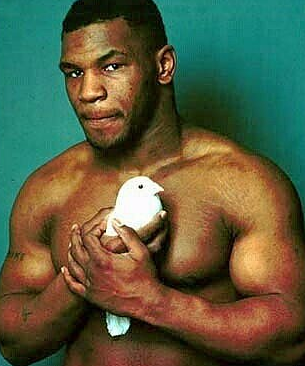I know writing–especially journalism and serious novels–is supposed to be dying, but I think 2014 was one of the richest years in memory for top-notch articles and books of all kinds. The following father-son conversation is one of my favorite passages from Zia Haider Rahman’s In the Light of What We Know, one of those aforementioned excellent pieces of long fiction. It’s about how narratives of just a few words can liberate or ensnare an animal or a people or a nation, fairly or unfairly.
_______________________________
I have a question for you. You know what the most dangerous thing in the world is?
What? I asked.
A story, replied my father. I’m not kidding. Stories are dangerous. And I don’t mean stories whose messages are capable of endangering. I mean that the form itself is dangerous, not the content. You know what a metaphor is? A story sent through the super distillation of the imagination. You know what a story is? An extended metaphor. We live in them. We live in this swirling mass of stories written by scribes hidden in some forgotten room up there in the towers. The day someone thought of calling pigeons flying rats was the day the fate of pigeons was sealed. Does anyone who hears them called flying rats stop to ask if pigeons actually carry disease? Or Plato’s cave. If a fellow knows nothing else about the man, he knows something about a cave and shadows. You’ve heard that good fences make good neighbors, but did you know when Robert Frost wrote those words he meant the opposite of what that phrase has come to stand for? Frost was being ironic; he was talking about the things that divide us. But the image contained in the bare words Good fences make good neighbors–that image is so good, so vibrant, that in our minds, in the minds of so many, its broken free of its unspoken ironies.•
Tags: Zia Haider Rahman

